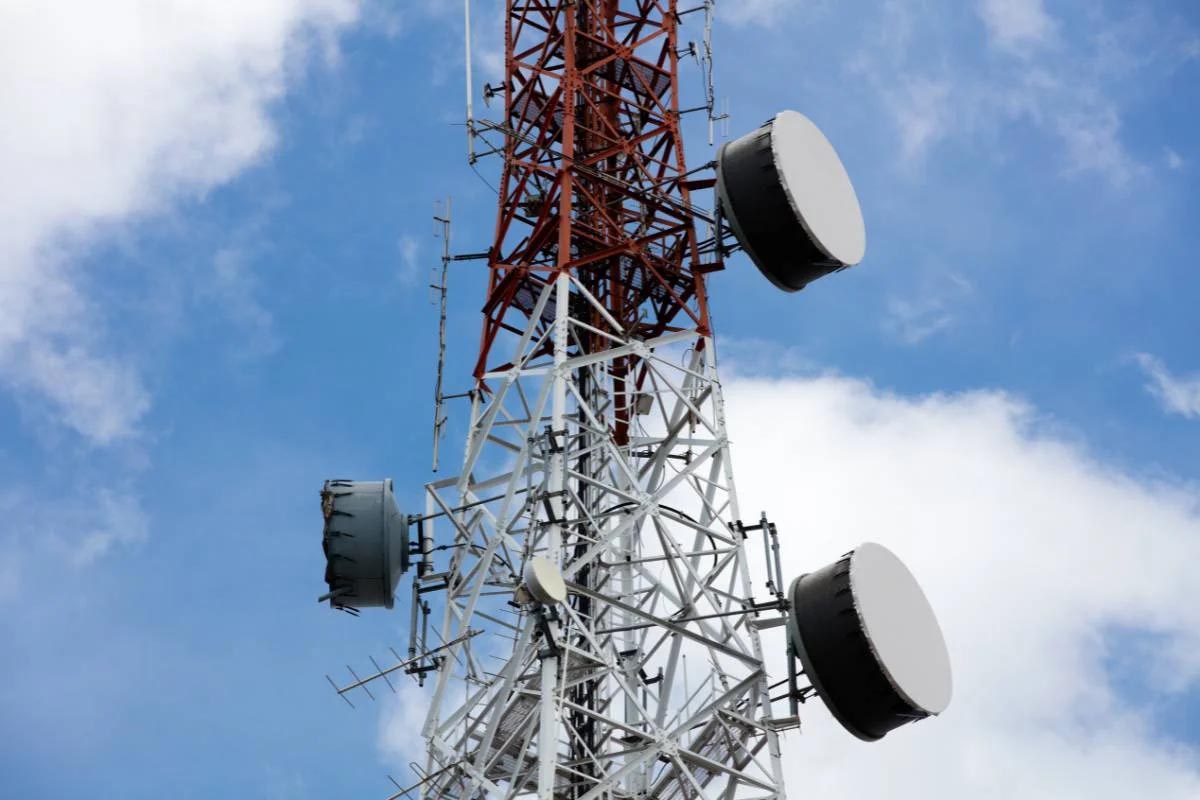The Telecommunications Act, 2023 has now been notified, and will come into force on June 26, 2024. This act represents a substantial shift in India’s regulatory framework for telecommunications. This Act supersedes the Indian Telegraph Act of 1885 and other outdated laws.
“In exercise of the powers conferred by sub-section (3) of section 1 of the Telecommunications Act, 2023 (44 of 2023), the Central Government hereby appoints the 26th Day of June 2024, as the date on which the provisions of sections 1, 2, 10 to 30, 42 to 44, 46, 47, 50 to 58, 61 and 62 of the said Act shall come into force,” the notification reads.
The Telecommunications Act, 2023 is ostensibly designed to modernize India’s telecommunications sector, bringing it in line with contemporary technological advancements and regulatory practices. Its aim is to streamline the authorization process for telecom operators, promote innovation through expanded use of the Universal Service Obligation Fund, and ensure efficient spectrum allocation. However, this modernization effort is ironically coupled with provisions that significantly expand government control over telecommunications services and networks. The Act grants the central government extensive powers to intercept, monitor, and even take control of telecom services during emergencies, thus compromising citizens’ privacy. This juxtaposition reveals a fundamental irony: while the Act seeks to propel the telecom sector into the future, it simultaneously enacts stringent measures that undermine personal freedoms and privacy, highlighting the potential for governmental overreach in the guise of progress.
Key Changes in the Telecommunications Act, 2023
One of the most significant aspects of the Telecommunications Act 2023 is the government’s ability to take control of telecommunications services and networks during emergencies. Sections 1, 2, 10 to 30, 42 to 44, 46, 47, 50 to 58, 61, and 62, which will come into effect on June 26, 2024. Section 20, of this act is a provision that allows the central or state government, or an officer specially authorised by the government, to temporarily take possession of any telecommunication service or network. This power can be invoked during public emergencies, including disaster management, or in the interest of public safety. The government can also ensure that messages from users authorized for response and recovery during such emergencies are given priority.
While this provision is designed to ensure national security and public safety, it raises significant concerns about potential overreach and misuse of power. The broad and ambiguous definitions of “public emergency” and “public safety” can lead to arbitrary enforcement, enabling the government to suppress dissent and monitor communications without sufficient oversight. This aspect of the Act underscores the tension between ensuring security and upholding individual freedoms and privacy rights.
One of the primary changes is the shift from the existing licensing regime to a streamlined authorization process. This new mechanism consolidates the numerous licenses, registrations, and permissions currently required, simplifying the process for telecom operators. This is expected to reduce bureaucratic delays and encourage greater investment and innovation within the sector. Additionally, the Act transitions the Universal Service Obligation Fund (USOF) into the Digital Bharat Nidhi, which expands the fund’s scope beyond supporting rural telecom services to include funding for research, development, and pilot projects. This change is intended to foster technological advancements and improve telecom services across the country.
Moreover, the Act’s ambiguous language, particularly regarding key terms such as “message” and “unauthorized channels,” allows for a wide interpretation that could lead to arbitrary enforcement. This ambiguity, combined with the enhanced surveillance powers, has raised alarms among activists and legal experts about the potential for mass surveillance and misuse of authority. The Act’s provisions, therefore, represent a double-edged sword: they aim to modernize and streamline the telecommunications sector but also risk undermining democratic principles and individual rights without adequate checks and balances.
A detailed analysis of the act can be read at Sabrang.
A stronger opposition and the right to dissent
The passage of the Telecommunications Act 2023 amidst the suspension of 97 Opposition members highlights a contentious legislative process that may face a different trajectory with a stronger Opposition in the current Lok Sabha. The BJP-led NDA’s reduced majority, with the Opposition gaining ground to approximately 230 seats, suggests a more assertive parliamentary dynamic. The Congress party, now with 99 members, and other opposition factions are poised to challenge the Act’s provisions that grant extensive surveillance powers to the government. With issues ranging from alleged irregularities in exit polls to broader concerns about civil liberties and privacy, the strengthened Opposition is likely to advocate for amendments aimed at bolstering safeguards against potential governmental overreach. The upcoming parliamentary sessions are expected to be marked by heated debates and rigorous scrutiny of legislative measures, reflecting a vibrant democratic process where checks and balances play a pivotal role in shaping telecom policy and protecting fundamental rights.
The notified Telecommunications Act, 2023 can be read here:
Related:
India’s 2023 bad laws: Impact on Individual Freedoms and Indigenous Rights in a weaponised state
Registration of digital fact-checking sites with govt may be a part of the future Digital India Bill

